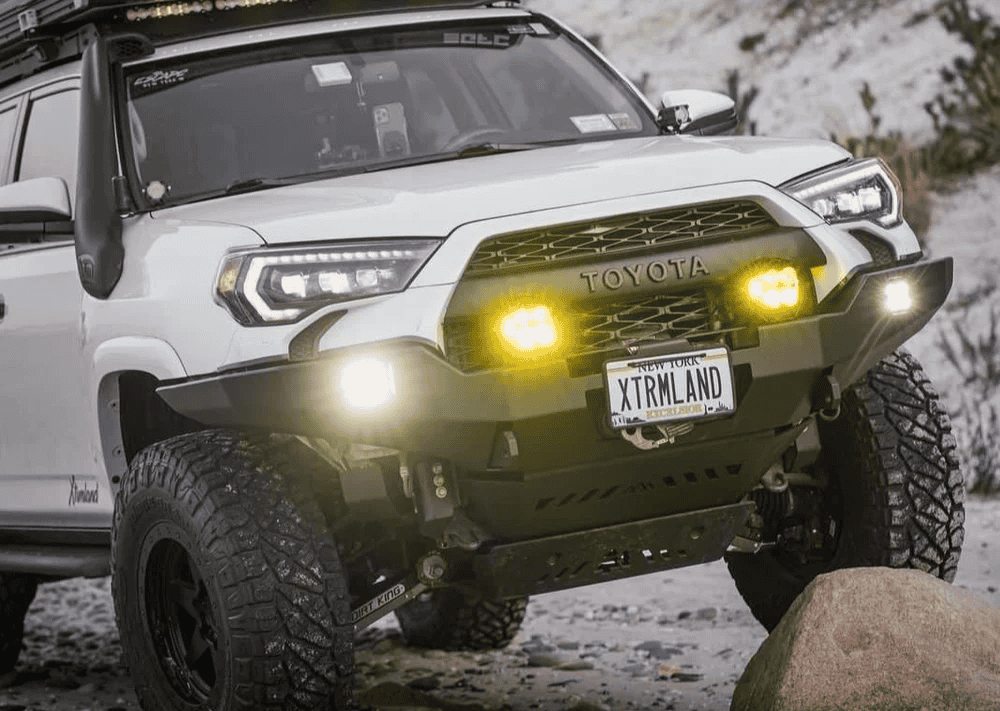Overland Vehicles

A slide in camper transforms a capable pickup into a compact home that can reach trailheads, primitive camps, and long gravel routes. Compared to a travel trailer, a truck camper keeps the footprint short, preserves maneuverability, and simplifies backing into tight sites. Against rooftop tents, it adds weather protection, indoor cooking, secure storage, and a real bed above the cab. The secret is balancing truck capacity with camper mass while preserving ground clearance and stable handling. Do that well, and you can travel farther with comfort that still feels trail ready.
Start with payload. Add the dry camper weight, water, batteries, solar, food, recovery gear, passengers, and accessories to estimate real trip weight. Compare that total to the payload sticker and rear axle rating. Many builds belong on a three quarter or one ton truck for margin and braking confidence. Next, check center of gravity. The camper’s balance point needs to fall ahead of the rear axle line to avoid light steering and wallow. Fitment matters too. Verify bed length, rail height, and cab clearance, and confirm the camper’s wings clear bed caps and fuel doors.
Tie downs are your seatbelt for the camper. Frame mounted anchors paired with quality turnbuckles keep the box planted over washboards and off camber sections. Bed mounted or stake pocket mounts can flex and loosen, especially on rough tracks. Use rubber bed mats to reduce slip, protect paint, and spread loads. If you run a flatbed camper, integrated mounts and lower storage boxes improve weight distribution and reduce height.
Hard side campers offer insulation, sound deadening, and four season comfort. They add height and catch wind on highways and in cross gusts. Pop up campers lower the profile for better aerodynamics and tree clearance, at the cost of some thermal efficiency. In cold regions, insulated soft walls and diesel heat can close the comfort gap.
Traditional bed campers are easy to install and remove, and they preserve the truck’s stock look. Flatbed systems trade the wheel wells for a rectangular footprint, adding interior volume, wider beds, and exterior boxes for tools, recovery gear, and fuel. Either way, plan the total height to clear garages, ferries, and forest canopies.
Power keeps fridges cold, fans moving, and devices charged. Lithium batteries offer deep usable capacity without sagging voltage. Solar replenishes on sunny layovers, while a DC to DC charger tops the bank while driving. A compact inverter can run induction cooktops or a laptop, but size it based on realistic loads. Ventilation is vital for condensation and comfort, especially at altitude. Pair roof fans with insulated window coverings to maintain temperature.
Water planning shapes trip length. A modest onboard tank, inline filtration, and a simple pump faucet cover most needs. In freezing months, keep tanks inside the heated envelope or add tank heaters and insulated lines. For cooking, propane is common, but diesel cooktops eliminate cylinder handling and pair well with diesel heat. Storage should keep heavy items low and forward and make frequent use zones quick to access when the weather turns.
Communications backstop safety. A satellite messenger or a compact satellite internet system helps on remote routes and during storm delays. Reliable mapping with offline topo data and weather forecasting reduces surprises and detours.
Camper weight changes how a truck rides and steers. Upgraded shocks with proper damping, progressive leaf packs, and tuned sway control reduce porpoising and lean without punishing washboard chatter. Air springs can trim sag under variable loads, but springs and shocks do the heavy lifting. Tires matter as much as any mod. Choose an all terrain with strong sidewalls, correct load rating, and appropriate diameter to keep gearing and braking in check.
Height and width dictate access. Narrow tracks with branches favor pop ups and slim builds. Approach and departure angles depend on bumpers and rear step design, and a long overhang can scrape when leaving gullies. Secure everything inside. Drawers, latches, and soft bins prevent chaos on washboards. Recovery basics include traction boards, a rated hitch point, a long strap, and a compact compressor for tire management. A small shovel sees daily use from leveling to snow removal.
Wind plays a role on open highways and coastal drives. Keep speeds reasonable and distribute weight evenly left to right. On steep grades, downshift early to save brakes. In camp, carry leveling blocks for quick setup. In winter, watch for ice buildup on soft walls and roof vents and brush snow from solar panels.
Plan for the full picture. A well matched truck and camper, plus suspension, power, and storage upgrades, should serve for years if maintained. Inspect roof seals, tie downs, and mounts seasonally. Check torque on camper jacks and hardware, and patrol for water leaks after heavy rain. When the miles stack up, a methodical, serviceable build is easier to refresh than one packed with ad hoc add ons.
If you want expert hands to refine the platform, explore our approach to overland rigs and how a thoughtful custom overland upfit dials suspension, power, storage, and lighting to your routes. Curious about process, craftsmanship, and handoff support at our Fayetteville hub? See why choose OZK Customs and imagine your first night out with a rig that feels ready on day one.
Ready to turn your truck and camper into a dialed overland platform? OZK Customs designs and builds complete overland systems, from suspension and power to storage and recovery. Tell us how you travel, and we will engineer the fit, finish, and reliability you want for the backcountry.
ADDRESS:
6159 E Huntsville Rd, Fayetteville, AR 72701
PHONE:
(479) 326-9200
EMAIL:
info@ozkvans.com